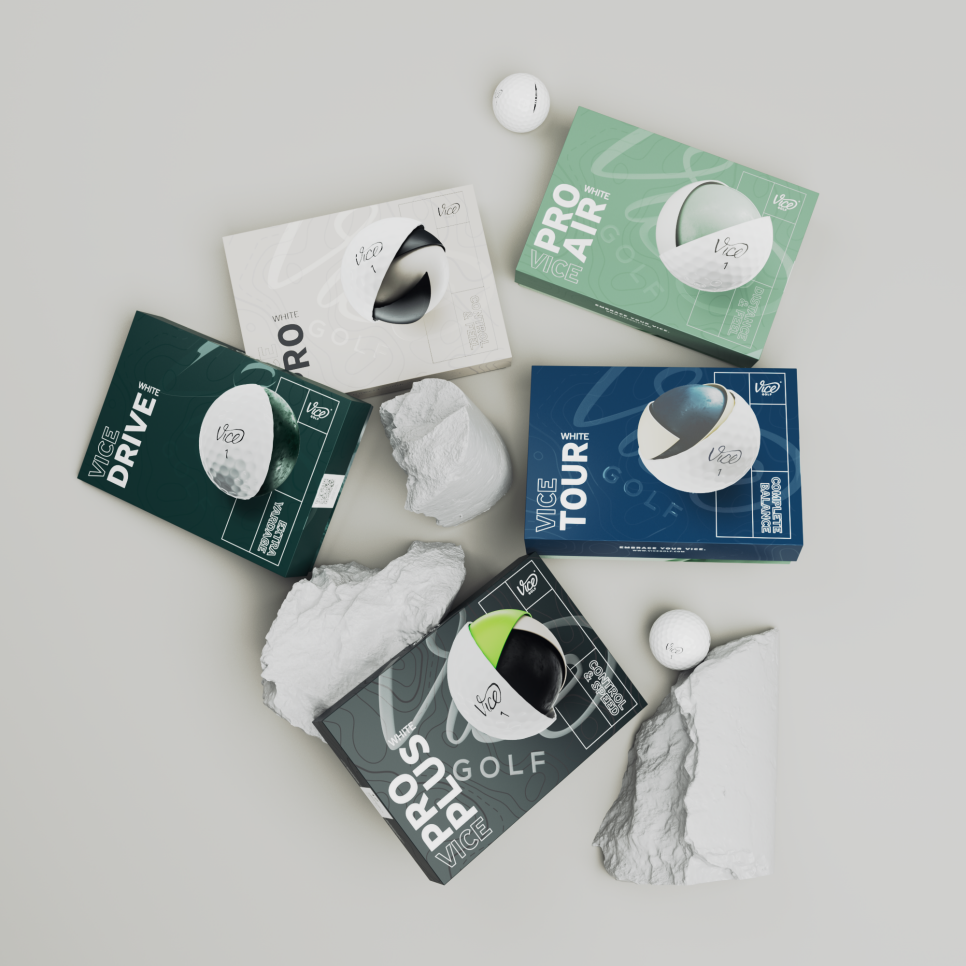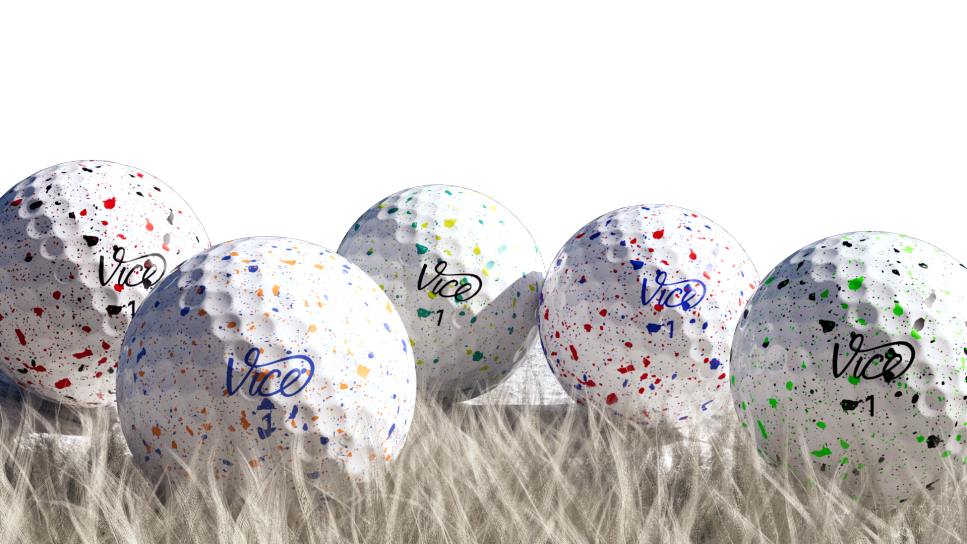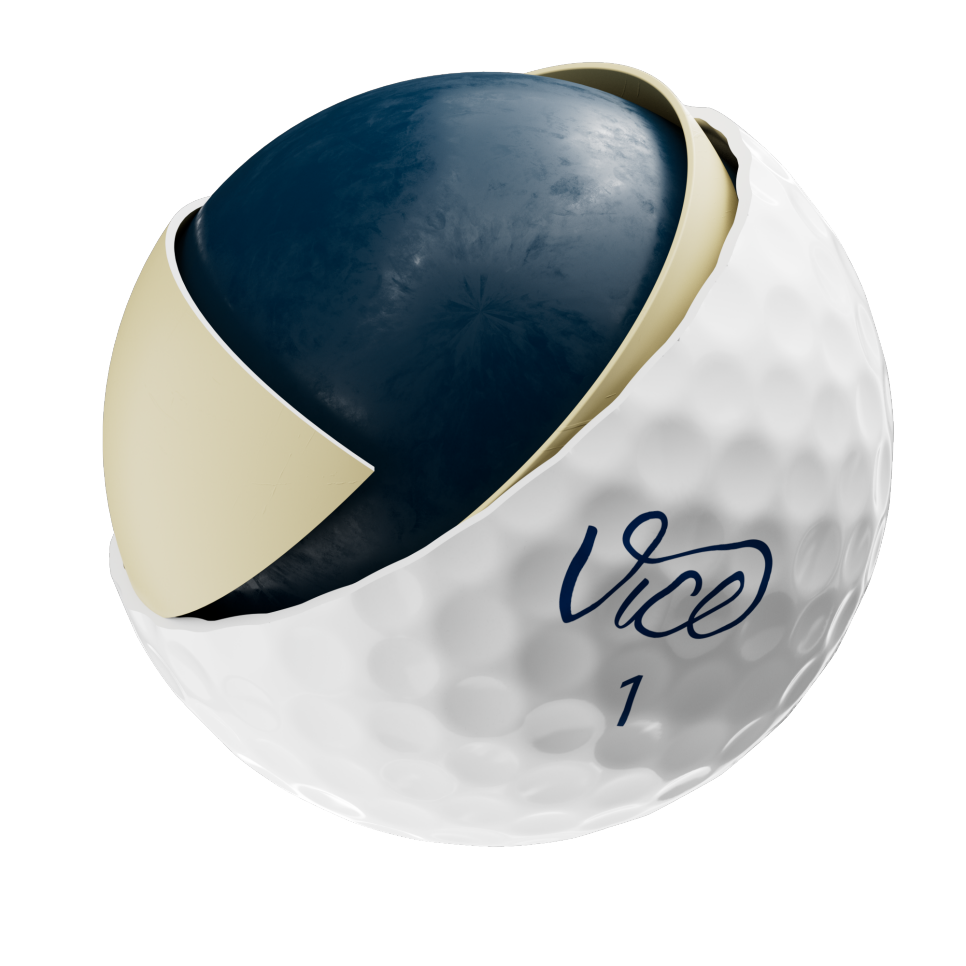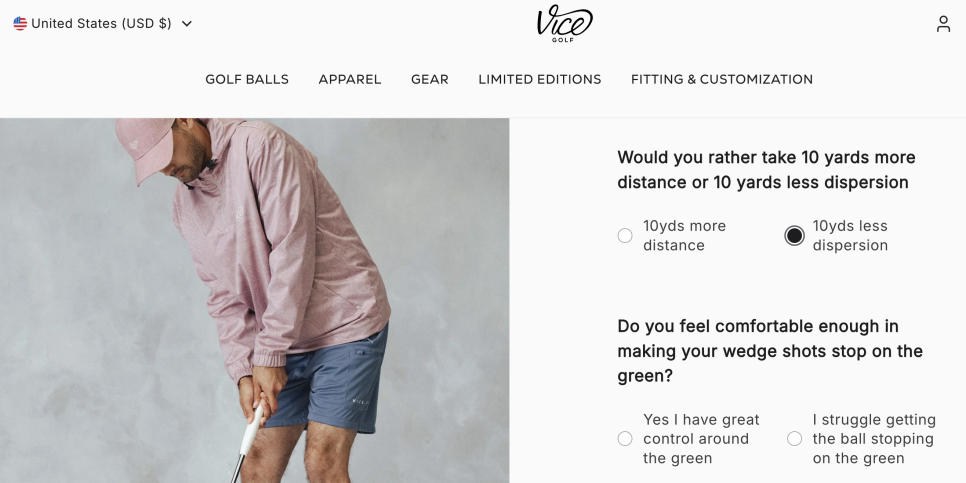Equipment
Vice golf balls (2024): What you need to know

WHAT YOU NEED TO KNOW: Vice Golf, the one-time small discount direct-to-consumer ball company that has gone on to become an edgy lifestyle brand with a global presence, launches its newest collection of golf balls. The group includes three new multilayer cast-urethane-cover models covering a full range of swing speeds, as well as two ionomer-cover models for average game-improvement players. The company also is launching a new ball-fitting app on its website.

PRICE: Urethane-cover models: Pro, Pro Plus, Pro Air ($40 per dozen). Non-Urethane models: Tour ($28), Drive ($18).
3 COOL THINGS
1. Control. The three Vice Pro balls cater to three player-feel preferences and speed needs, but all three share the short-game benefits of a cast-urethane cover. The company lauds the use of cast urethane for its “superior feel and ball control” and how the manufacturing process, while longer than less-expensive methods, “results in stronger polymer chains for increased performance and durability.”
The three balls represent three different compression ratings with the Pro at 90, the Pro Plus at 100 and the Pro Air at 75. The firmer Pro Plus uses two intermediate mantles, while the Pro and Pro Air are traditional three-piece constructions with one mantle layer. All incorporate a Surlyn ionomer in the mantle designed to help increase energy transfer and reduce spin, while the Pro Plus adds a second outer mantle made of HPF1000 polymer with magnesium to produce softer feel along with extra speed from its resiliency.

Vice Pro Plus
The Pro Plus targets higher swing speeds, while the Pro Air is aimed at maximizing distance and higher launch for more moderate swing speeds. The Pro is designed as more of a balanced performer across all elements, with slightly less spin on short shots compared to the Pro Plus but also less spin on the long shots. Expect a lower trajectory on tee shots compared to the Pro Plus and Pro Air.

Vice Tour
2. Speed. The ionomer balls in the Vice line (Tour and Drive) make ball speed a priority, but each finds a different key to velocity. The Tour, which is a three-piece design, uses a higher-compression core to build in more initial speed. The highly resilient intermediate mantle layer adds to the distance mix by helping to reduce spin. Its softer cover is designed to aid in producing more short-game spin than traditional three-piece ionomer balls. The Drive is a two-piece offering, and it uses a heavier, high-compression core design to provide energy for distance. It’s designed to help slower swing speeds achieve an optimal launch angle.

Vice's website offers a question-and-answer algorithm to find the best ball for you.
3. Fitting. Vice’s new partnership with HIO Labs, Europe’s largest fitting center, gives the company’s online ball-fitting algorithms a broader data set to work from. Set to debut later this year, a new online tool will use the HIO’s research from fittings over the last 15 years to better align a golfer’s performance characteristics with the attributes of a particular ball.